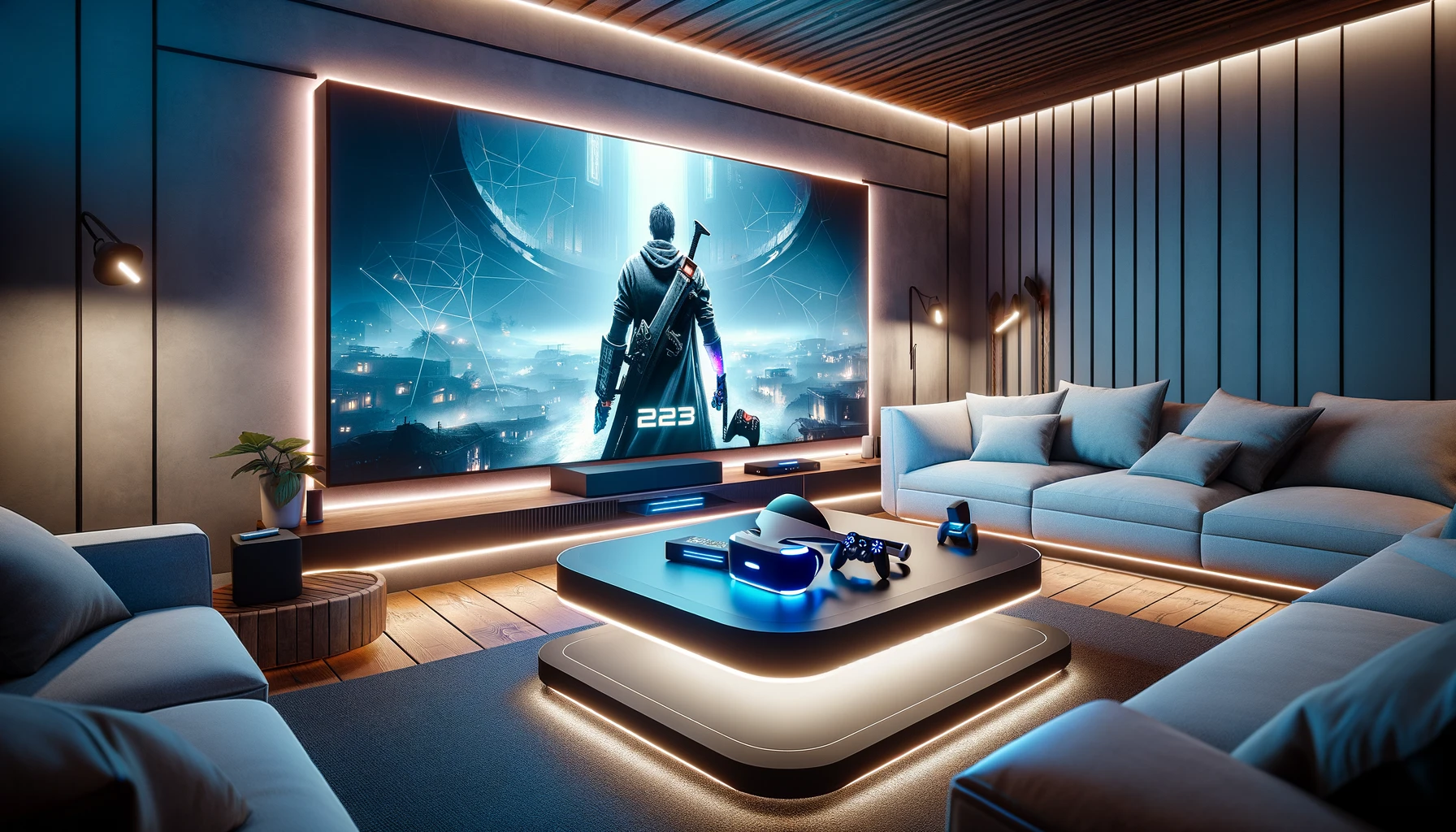Video games serve as a canvas for creators to project their most imaginative ideas, blending artistry with technology. Yoko Taro, the mind behind the enigmatic NieR series, and Hyung-tae Kim, the creative force of Stellar Blade, recently shed light on their creative processes and mutual respect for each other’s work in a joint interview. The discussion revealed insightful contrasts in their approaches to game design, highlighting the unique paths they tread in the gaming industry.
Distinct Game Design Philosophies
Yoko Taro, known for his unconventional approach, described NieR: Automata as heavily influenced by the anime series Evangelion, though many view it as an innovative title. Despite acknowledging this inspiration, Taro emphasized his desire to create games that offer unique experiences to players. On the other hand, Hyung-tae Kim elaborated on the Soulslike precision that defines Stellar Blade, setting it apart from Automata’s gameplay despite surface-level aesthetic similarities. Kim’s focus on challenging gameplay contrasts with Taro’s narrative-centric approach.
Industry Observations and Personal Anecdotes
Both developers also commented on broader industry trends, particularly the shift towards middleware technologies. Taro observed that Korean and Chinese developers have adapted more swiftly to these changes compared to their Japanese counterparts, partly explaining the recent challenges faced by the Japanese gaming industry. Moreover, Taro jocularly referenced his business-focused mindset in contrast to Kim’s more artistic approach, highlighting different perspectives on balancing creativity with commercial success.
Comparative Insights from Other Sources
An article from Game Informer titled “The Evolution of Game Design in East Asia” explores similar themes discussed by Taro and Kim, noting the rapid adoption of new technologies by Korean developers. Another piece from Digital Trends, “Soul-Like Games: A New Gaming Genre,” discusses the increasing popularity of games that, like Stellar Blade, prioritize challenging gameplay mechanics, which have captivated a dedicated player base seeking depth and difficulty. These articles add context to the discussion, underscoring the global influences shaping game development.
The Journal of Interactive Media presents a scientific study in its paper “Technological Adaptation in the Gaming Industry: East vs. West,” which analyzes how different geographical regions adapt to technological shifts in game development. The findings resonate with Taro’s observations regarding the responsiveness of Korean and Chinese developers compared to Japanese developers, providing empirical backing to the anecdotal insights shared in the interview.
Useful Information for the Reader
- NieR: Automata draws significant inspiration from Evangelion.
- Stellar Blade emphasizes challenging, precision-based gameplay.
- Cultural and technological shifts influence regional game development trends.
The interview with Yoko Taro and Hyung-tae Kim presents an enriching look at the intersection of personal creative visions and broader industry shifts. While Taro embraces narrative depth influenced by iconic anime, Kim champions the challenging mechanics that define Soulslike games. Their dialogue not only highlights the diversity of thought in game design but also the adaptive strategies employed by developers in different regions to stay relevant and innovative. As technology and player expectations evolve, these insights become crucial for understanding the future trajectory of the gaming industry.










